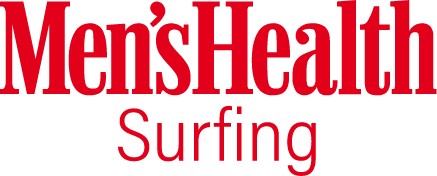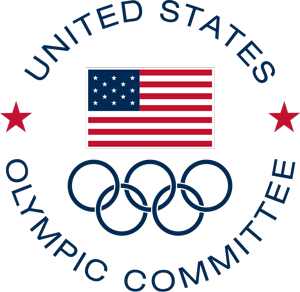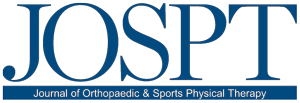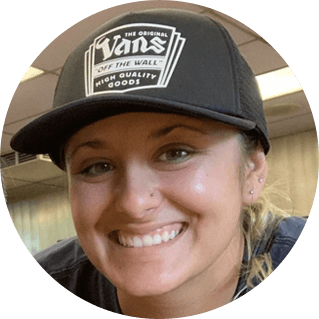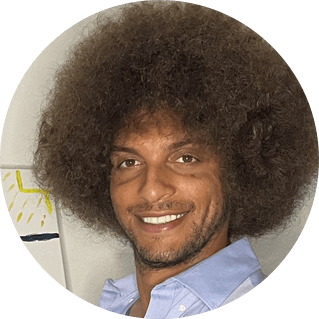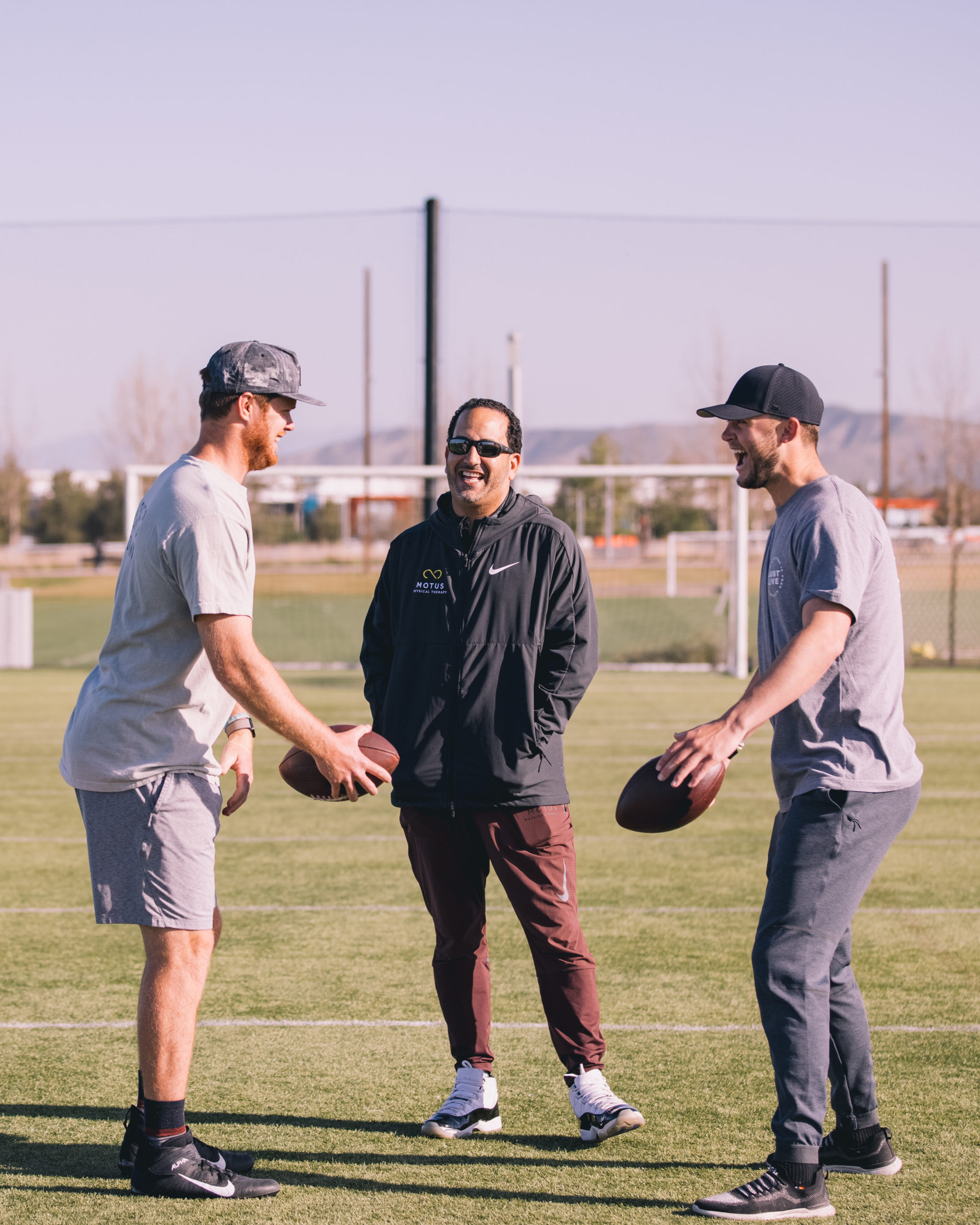Injuries are common in sports and can be a significant setback for professional athletes. However, injury prevention techniques have advanced significantly in recent years. Physical therapy is a crucial part of the rehabilitation process for people with physical injuries.
Physical therapists are at the forefront of these developments. We have made remarkable strides in injury mitigation and recovery. Techniques have shifted the focus toward injury prevention rather than just treatment. These combine advanced technology and biomechanics to help individuals avoid injuries.
Looking for a professional physical therapist in Orange County? MOTUS Physical Therapy has got you covered! Our experts provide valuable insights to help you return stronger after your injury.
The Evolution of Physical Therapy
Physical therapy has a long history dating back to ancient Greece. Hippocrates used massages and hydrotherapy to treat various ailments. In the 19th century, physical therapy was limited to treating polio and other orthopedic conditions.
But the 20th century is when physical therapy came into its own. It expanded into new areas, such as sports medicine and neurological rehabilitation. The introduction of technology through modalities like ultrasound, electrical stimulation, and laser therapy pushed boundaries.
Physical therapy has also become more evidence-based. There are several research studies informing people about treatment protocols and their outcomes. These have made physical therapy a better alternative to improve outcomes for athletes.
Physical Therapy and Injury Prevention
One of the most important aspects of physical therapy today is injury prevention. This is a marked difference in approach today compared to the past. Back then, the focus was simply on treating physical injuries. Today, physical therapists work with their patients to reduce the risks of injury on the field.
Here’s how physical therapy helps to do that –
Strengthening Your Kinetic Chain
The best way to prevent injuries is to ensure that all your muscles and joints are in top shape. Depending on the sport you’re pursuing, this can mean different things for different people. Physical therapists will prescribe exercises that strengthen your knees, ankles, back, and shoulders. More specialized training will depend on the sport you play.
Flexibility and Range of Motion
Another way to significantly reduce injuries is to focus on flexibility and range of motion. The more flexible you are, the fewer chances of sprains or strains. Flexibility and movement training in physical therapy is designed to stretch your muscles and work your joints. Doing this can also improve the range of effective motion you can execute.
Proper Technique and Form
Physical therapy ensures that you focus on proper technique and form. This depends on the sport, so ensure that you have a therapist experienced with the activity’s general mechanics. Every sport or activity has a proper way to do it that reduces the toll it takes on your body. Physical therapists can guide athletes to use proper technique and form to reduce the threat of injury.
Role of Technology in Physical Therapy
Technology has been improving physical therapy for centuries. Today, MOTUS Physical Therapy offers you new and innovative therapy methods. We have our facilities in Orange County which you can visit if you are in any pain related to sport or other physical activity. Here are some of the more innovative physical therapy solutions we offer at MOTUS.
AlterG Anti-Gravity Treadmill
We use the AlterG Anti-Gravity Treadmill to help people reduce the stress on their lower body during exercise. This device creates a cushion of air around your lower body, reducing the impact on the joints. It allows patients recovering from pain in their knees and ankles to exercise easier.
EMG Biofeedback
EMG (Electromyography) is an advanced technology we use that can help patients recover from injuries. It identifies imbalances or weaknesses through electrical activity in the muscles. It is especially effective for patients recovering from sprains, strains, and fractures. The EMG helps our physical therapists prepare a uniquely personalized treatment plan. They can do this by measuring your muscle contraction, movement, and function.
AI MRI
3D Artificial Intelligence MRI Assessment is a huge step forward for medical imaging. Traditionally, most medical imaging has been constrained to two-dimensional images. It can make identifying and diagnosing specific physical injuries or conditions challenging. 3D imaging provides a more detailed and accurate representation of the affected area. The incorporation of AI allows for quicker and more effective diagnosis of injuries.
NMES
NMES (Neuromuscular Electrical Stimulation) uses electrical impulses to stimulate muscles. It can help improve muscle strength, endurance, and function. NMES is particularly useful for treating patients with muscle weakness or atrophy due to surgery or injuries. It also works really well in conjunction with other physical therapy methods. Supplementing your therapy with NMES can improve your recovery times and the quality of outcomes.


